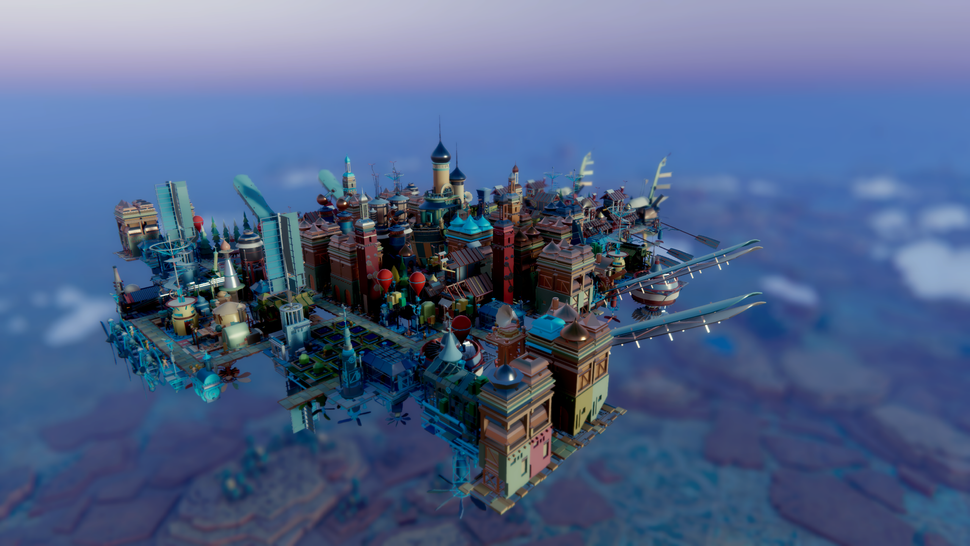
Your goal is to unite the lands by forming a coalition with all 15 of the game’s kingdoms. Completing quests for kingdoms will result in them allying with you, which is how you win the game. You can also run into settlements and ground-based kingdoms - recruiting new citizens in the former while the latter offers quests as well as opportunities for resource trading, purchasing technology schematics for new structures, and more. Therefore, you need to travel the lands and take what you need from forests, lakes, ore deposits, and other pockets of natural resources.Īlong the way, you’ll find tons of neat little secrets like hidden temples and secret ruins, which come with unique snippets of lore and helpful resource caches. You need lumber, metals, coal, and more to survive and thrive, but you’re not going to find it in the clouds. These types of flight-focused mechanics help make Airborne Kingdom feel incredibly fresh and interesting.Īirborne Kingdom also focuses a lot on exploration, which is a rarity in most city-builders. Ignoring this problem eventually leads to flying at a snail’s pace, which makes it significantly harder to go where you need to. There’s also thrust to consider your entire city is mobile, but it’s not going to go very fast if you build a ton of structures without adding extra propulsion. Tilt too much and you’ll knock your utopia right out of the sky. On top of standard city-builder mechanics like managing food and water and making sure that residential structures aren’t too close to pollution-heavy factories, Airborne Kingdom introduces several new factors to consider.įor example, if you build all of your structures on one side, your entire city can tilt, causing your citizens to become annoyed and reducing their happiness.

The best part about Airborne Kingdom is its unique flying city concept and how the game capitalizes on the gameplay opportunities that emerge from it.


 0 kommentar(er)
0 kommentar(er)
